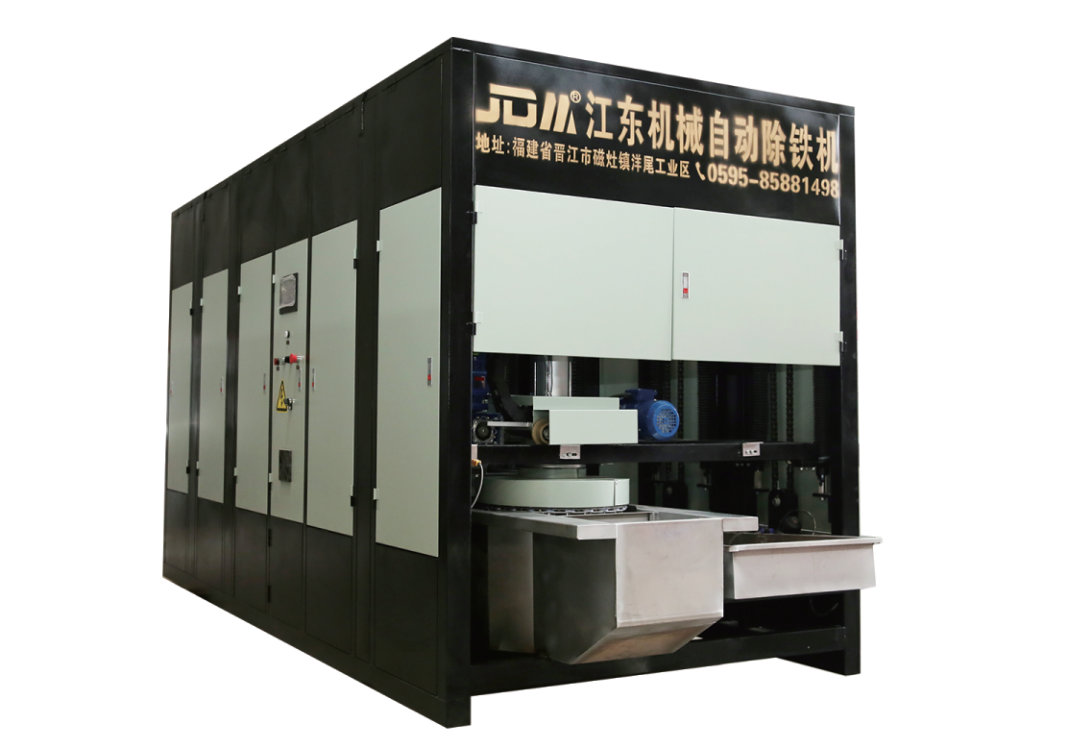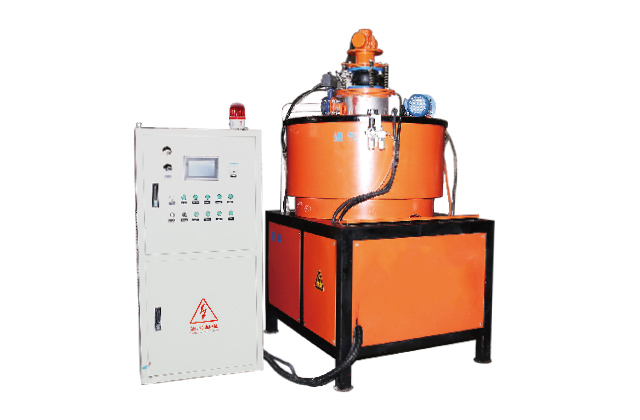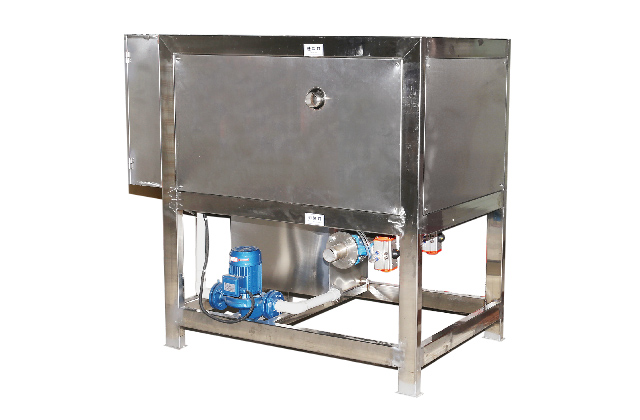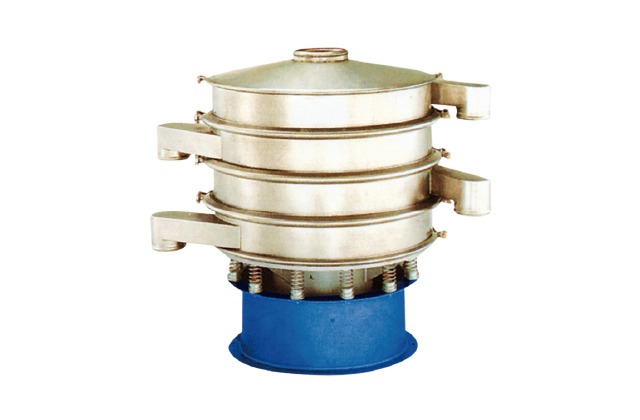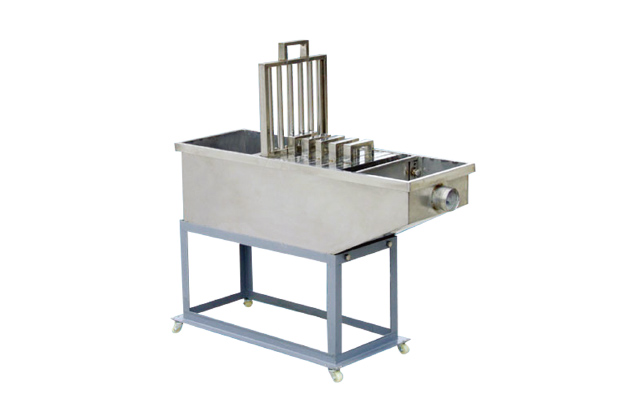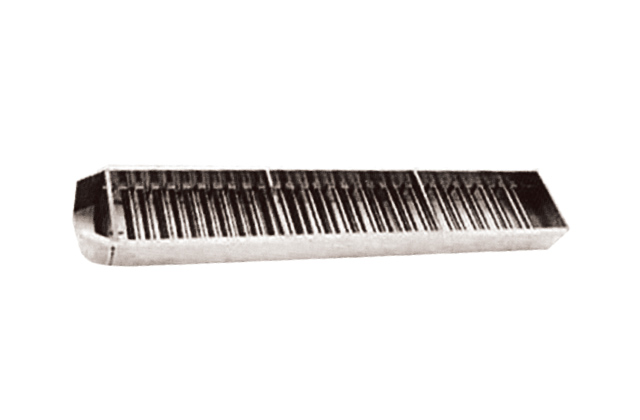September 18, 2025
Can Magnetism Effectively Separate Salt and Iron?
Introduction to Magnetic Separation
Magnetism has long been a fascinating topic in the realm of physics and engineering. One of the most practical applications of magnetism is in the process of magnetic separation. But have you ever wondered, does magnetism work to separate salt and iron? This question is not just a matter of curiosity; it has practical implications in various industries, including food processing and recycling. Let’s dive into the science behind magnetic separation and explore its effectiveness in separating salt and iron.
Understanding the Basics of Magnetism
Before we delve into the separation process, it’s essential to understand the basics of magnetism. Magnetism is a physical phenomenon resulting from the interaction between magnetic fields and magnetic materials. Ferromagnetic materials, such as iron, are strongly attracted to magnets, while non-magnetic materials, like salt, are not. This fundamental difference is the cornerstone of magnetic separation.
The Science Behind Separating Salt and Iron
Separating salt and iron using magnetism is a straightforward process that relies on the magnetic properties of these two substances. Iron is ferromagnetic, meaning it is strongly attracted to magnetic fields. Salt, on the other hand, is diamagnetic, meaning it is weakly repelled by magnetic fields. This difference in magnetic properties allows us to use a magnet to separate the two.
Here’s how the process works: when a mixture of salt and iron is passed over a magnetic separator, the iron particles are attracted to the magnet and separated from the salt. The salt, being non-magnetic, remains unaffected and can be collected separately. This method is both efficient and cost-effective, making it a popular choice in various industrial applications.
Practical Applications of Magnetic Separation
The application of magnetic separation is not limited to just separating salt and iron. This technique is widely used in various industries, including:
- Food processing: Magnetic separators are used to remove metal contaminants from food products, ensuring consumer safety.
- Recycling: Magnetic separation is crucial in recycling processes, where it is used to separate ferrous metals from non-ferrous materials.
- Mineral processing: In the mining industry, magnetic separators are used to concentrate magnetic ores and remove impurities.
These applications highlight the versatility and importance of magnetic separation in modern industry.
Limitations of Magnetic Separation
While magnetic separation is an effective method for separating salt and iron, it does have some limitations. For instance, the process may not work efficiently if the mixture contains other magnetic materials or if the iron particles are too finely ground. Additionally, the strength of the magnetic field plays a crucial role in the separation process. A weak magnetic field may not be sufficient to attract all the iron particles, leading to incomplete separation.
Another limitation is the potential for contamination. If the magnetic separator is not properly maintained, it can become a source of contamination, introducing unwanted materials into the final product. Regular maintenance and calibration of the separator are essential to ensure optimal performance.
Conclusion
In conclusion, magnetism is indeed an effective method for separating salt and iron. The process relies on the distinct magnetic properties of these two substances, allowing for efficient and cost-effective separation. While magnetic separation has its limitations, its applications in various industries highlight its importance and versatility. Whether it’s in food processing, recycling, or mineral processing, magnetic separation continues to play a vital role in ensuring the quality and safety of products.

